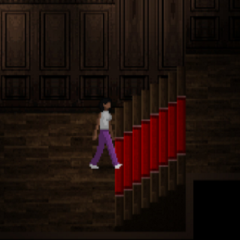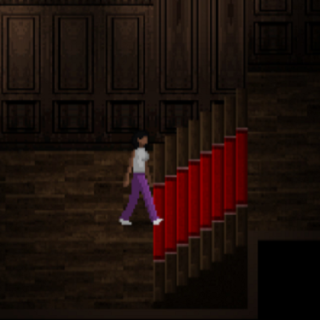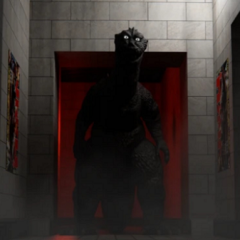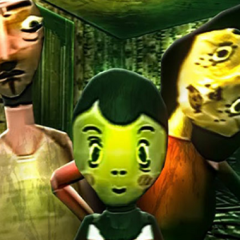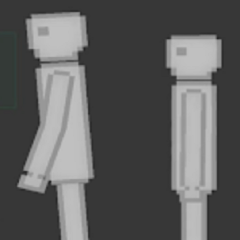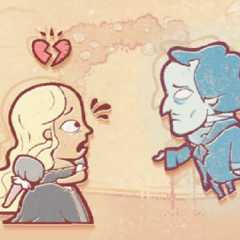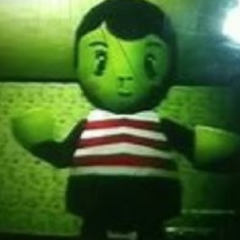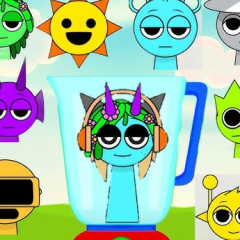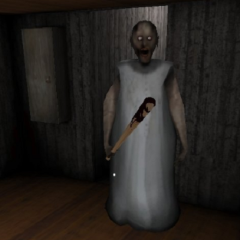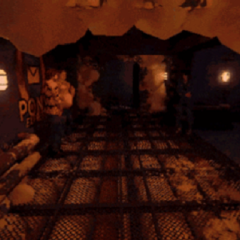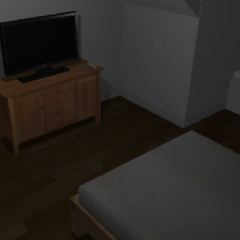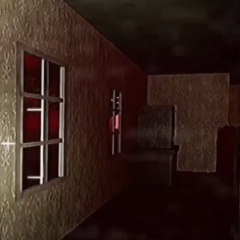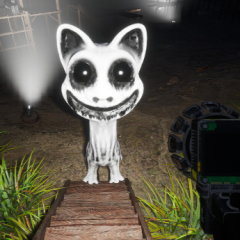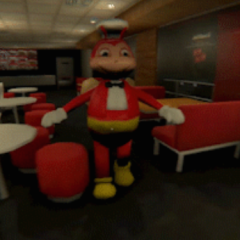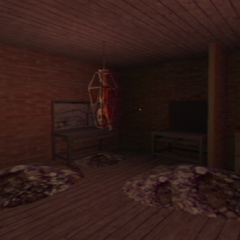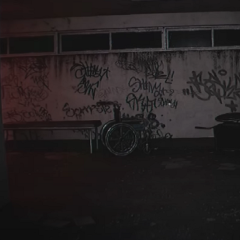Mr. Hopp’s Playhouse: The Toybox introduces a new stage in the series, focusing on the relationship between a guardian named Kaiya and a child called Emmie. The setting revolves around an ordinary home where a toybox becomes a link to another world. What begins as a simple story about a child’s fear turns into an exploration of control and danger within dreams. The player’s role is to guide Kaiya through distorted environments that reflect both the past and the subconscious. Each level reveals fragments of Emmie’s connection to the cursed toys and the power that binds them together.
Exploration and Progress
The structure of the game encourages slow and deliberate movement. The player must analyze space, listen for sounds, and adapt to changing patterns. Progress is achieved through problem-solving rather than confrontation. Each area of the toybox presents different obstacles, requiring careful use of collected items. The player must open locked sections, read hidden notes, and interpret the story without direct explanation. This approach builds tension through uncertainty and routine tasks that gradually reveal the system behind the nightmare.
Main Mechanics and Objectives
Gameplay in Mr. Hopp’s Playhouse: The Toybox combines stealth, observation, and environmental logic. The player moves between areas that alternate between safety and threat, avoiding the toys that guard each corridor. The balance between noise and silence becomes the main mechanic. Completing tasks requires precision and awareness of the surroundings. The key gameplay goals include:
· staying out of the toys’ sight and controlling movement speed
· unlocking blocked passages and hidden rooms
· using collected tools to advance deeper into the toybox
· identifying clues that connect current events to previous games
· protecting Emmie while managing limited opportunities for escape
These principles guide how the player interacts with the world and determine the pace of discovery.
Symbolism and Continuity
The toybox functions as both an object and a metaphor. It represents a confined space where forgotten events resurface. Each toy stands for a specific emotion or unresolved memory, turning the simple act of exploration into a psychological process. The connection to earlier parts of the series is visible through recurring symbols, familiar melodies, and references to previous characters. The story closes the circle started in the first Mr. Hopp’s Playhouse while opening questions about how fear transforms from childhood imagination into something tangible. The result is a structured narrative that links personal memory with the boundaries of a haunted world.

